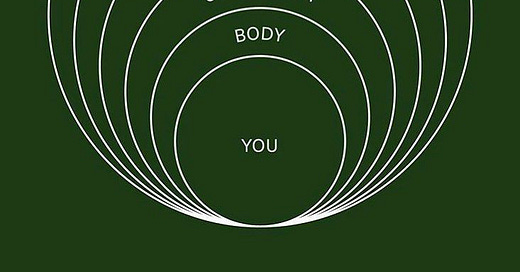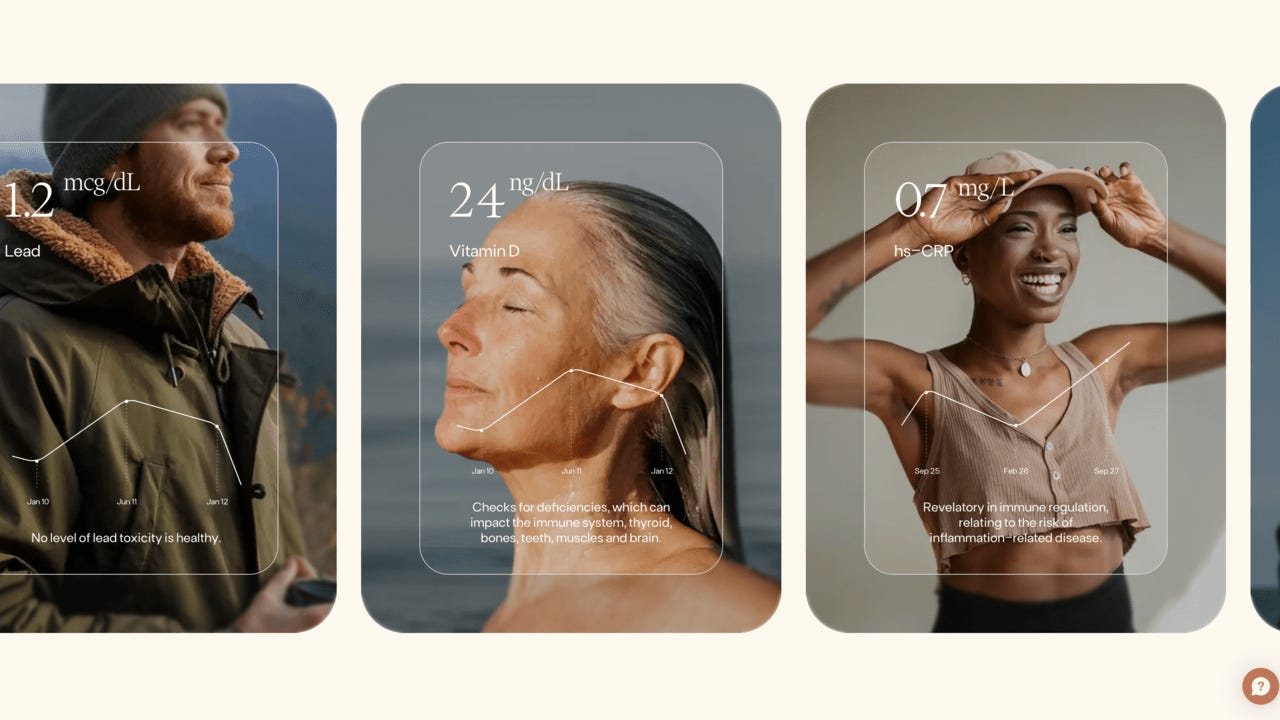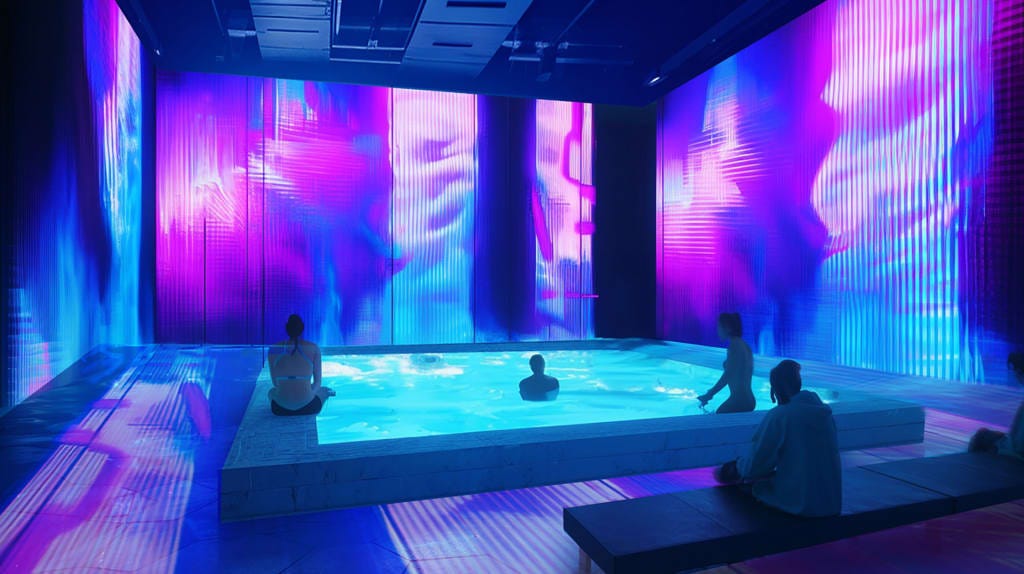Rethinking Longevity—Beyond Biohacking, Back to the Roots
Merging Modern Longevity Trends with Ancient Wisdom to Redefine Health for a Regenerative Future
A few years ago, if someone had told me I’d be tracking my glucose levels, optimizing my sleep with a WHOOP, and doing five-day fasts just for the cellular reset, I probably would’ve laughed. And yet, here I am—fully immersed in the longevity movement, fascinated by how much we’ve learned (and unlearned) about health.
But the more I explore this world, the more I find myself asking:
Are we actually getting healthier, or are we just getting better at measuring things?
Because here’s the thing: longevity isn’t just about biohacking, high-tech wearables, or stacking supplements. At its core, health is about harmony—within ourselves, with nature, and with each other.
The Root Cause of Wellness (and Why We Keep Missing It)
Western medicine has trained us to see health as a series of symptoms to be treated. You have anxiety? Here’s a pill. Gut issues? Another pill. Chronic fatigue? Maybe it’s all in your head.
For years, I dealt with my own health struggles—gut imbalances, stress-induced burnout, hormonal shifts—and every time I turned to traditional medicine, I got band-aid solutions. No one was asking:
Why is your body inflamed in the first place?
What’s causing your nervous system to stay in fight-or-flight?
What emotional wounds are manifesting as physical symptoms?
But then I started exploring functional medicine, Ayurveda, biohacking, and ancestral wisdom, and everything changed.
What if healing isn’t just about fixing the body—but about reconnecting with the wisdom we’ve lost?
Because before wearables were tracking our sleep cycles and AI-driven health assessments, humans knew how to thrive. We woke up with the sun, moved our bodies daily, ate whole foods grown in nutrient-rich soil, and lived in communities that supported emotional and spiritual well-being.
The Biohacking Hype vs. True Longevity
Today, we have an explosion of companies promising longer, healthier lives—from GLP-1 drugs like Ozempic reshaping our metabolism to AI-driven diagnostics predicting disease before it happens. And it’s true: tech is revolutionizing health.
💡 Function Health is making comprehensive lab testing accessible, offering 100+ biomarkers for just $499 a year—removing barriers to longevity insights that were once exclusive to the ultra-wealthy. Their goal? Helping people live 100 healthy years.
💡 TechnoGym launched an AI-powered wellness kiosk, allowing gyms and clinics to assess body composition, strength, mobility, and cognitive health in minutes, making preventative care easier to implement.
💡 Longevity retreats are on the rise—66% of global travelers are seeking vacations that actively extend their healthspan, with destinations offering hyper-personalized wellness programs, from fasting retreats to hormone optimization.
But for all the advancements, the question remains: are we actually healthier?
We track our steps but rarely take long walks in nature.
We measure our sleep quality but stay wired from screen time.
We count macros but forget to eat whole, unprocessed food.
This is where I see a missing piece: we don’t just need more data—we need a deeper reconnection to what it actually means to be well.
The Longevity Myth: It’s Not Just About Living Longer—It’s About Living Fully
For the longest time, the conversation around longevity was about how long we could extend our lives. But what’s the point of adding years if those years are spent sick, inflamed, and disconnected from joy?
A shift is happening.
The focus is moving from lifespan to healthspan—the goal isn’t just to live longer, but to live better, with vitality, clarity, and purpose.
Longevity isn’t just personal—it’s environmental. We can’t separate our health from the health of the planet. Alter Eco is proving that sustainable, regenerative food systems not only nourish our bodies but heal the earth.
We’re rethinking food as medicine. Ultra-processed foods have been marketed as "convenience," but they’re fueling chronic disease. More people are turning to ancestral diets, regenerative agriculture, and whole-food-based nutrition as the ultimate anti-aging strategy.
And then there’s the biggest factor that most people in the wellness space ignore:
Longevity’s Biggest Predictor? Community.
You can optimize everything—your diet, your supplements, your workouts—but if you’re lonely, your health will suffer.
The World Health Organization recently stated that loneliness is more harmful to health than smoking 15 cigarettes a day.
Which explains why Blue Zones—the regions where people live the longest—share a common trait: strong community ties.
They eat together, rather than isolated in front of screens.
They move naturally, rather than forcing gym workouts.
They have deep social bonds, rather than surface-level digital interactions.
As we look at the future of longevity, this might be the most important shift of all.
Because longevity isn’t just about your personal routine—it’s about the environment, relationships, and systems that support well-being.
What Does This Mean for Businesses?
If brands truly want to lead the longevity movement, it’s not just about selling products, but building systems that redefine well-being. The companies leading in this space aren’t just selling supplements or wearables; they're reshaping how we eat, move, recover, and connect.
Wellness is Becoming Social:
John Mackey, co-founder of Whole Foods, launched Love.Life in LA—a new model for longevity-focused social wellness clubs that offer integrated care from functional medicine, nutrition, and recovery therapies, as well as community-driven experiences and a restaurant featuring a food-as-medicine approach.
AI is Making Longevity Personal:
ZOE is transforming nutrition by leveraging AI to personalize health at a biological level. The app provides gut microbiome and blood sugar testing for precision food recommendations, and offers real-time AI coaching to assist users in making smarter health choices, guiding them away from generic diets toward truly personalized nutrition.
Recovery is the New Performance:
More people are realizing that true health isn’t just about pushing harder—it’s about mastering recovery. Oura Ring is leading this shift with a sleek, wearable device that tracks HRV and stress levels to optimize the nervous system, provides deep sleep insights to enhance rest and performance, and detects early signs of illness through continuous temperature monitoring—helping users stay ahead of their health, not just react to it.
Immersive Longevity
Austin’s Submersive, set to open in 2026, is redefining wellness through immersive, multi-sensory experiences. Offering contrast therapy, breathwork, and sound healing for deep restoration, it blends neuroscience with awe-inspiring longevity practices. This next-generation wellness space moves beyond traditional spas, reflecting a cultural shift from nightlife and entertainment-driven experiences to spaces designed for connection, relaxation, and holistic well-being.
What’s Next for Wellness in 2025:
This year, we have a choice:
Do we continue chasing longevity through endless optimization and data tracking?
Or do we redefine health by returning to what we already know—that true well-being comes from living in sync with nature, nourishing our bodies, building community, and healing from within?
For me, the answer is clear. It’s about simplifying, reconnecting, and regenerating—not just our bodies, but the world around us.
So, what does true longevity mean to you?
Let’s talk.
📩 Subscribe to The Conscious Shift for more conversations on reimagining health, business, and regenerative living. Subscribe here







Love it! So interesting!